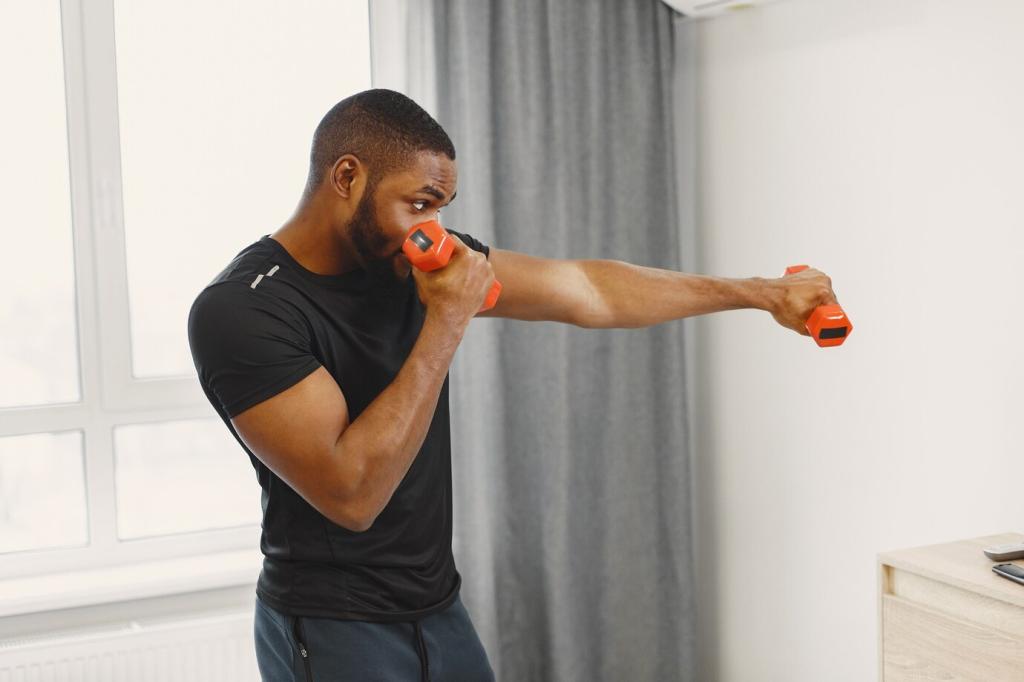Safety, Scaling, And Smart Progression
Dizziness, headaches, chest pain, or vision changes mean stop immediately and reassess. If you have hypertension, cardiovascular concerns, or are pregnant, avoid prolonged breath holds and consult a professional. Choose gentler Ujjayi control and shorter counts to stay safe.
Safety, Scaling, And Smart Progression
You do not need long breath holds to benefit. Beginners can use three-second inhales and controlled exhales with minimal pauses. Machines or cables allow practice with lower risk while you learn bracing. Gradually extend counts as control and confidence grow.




